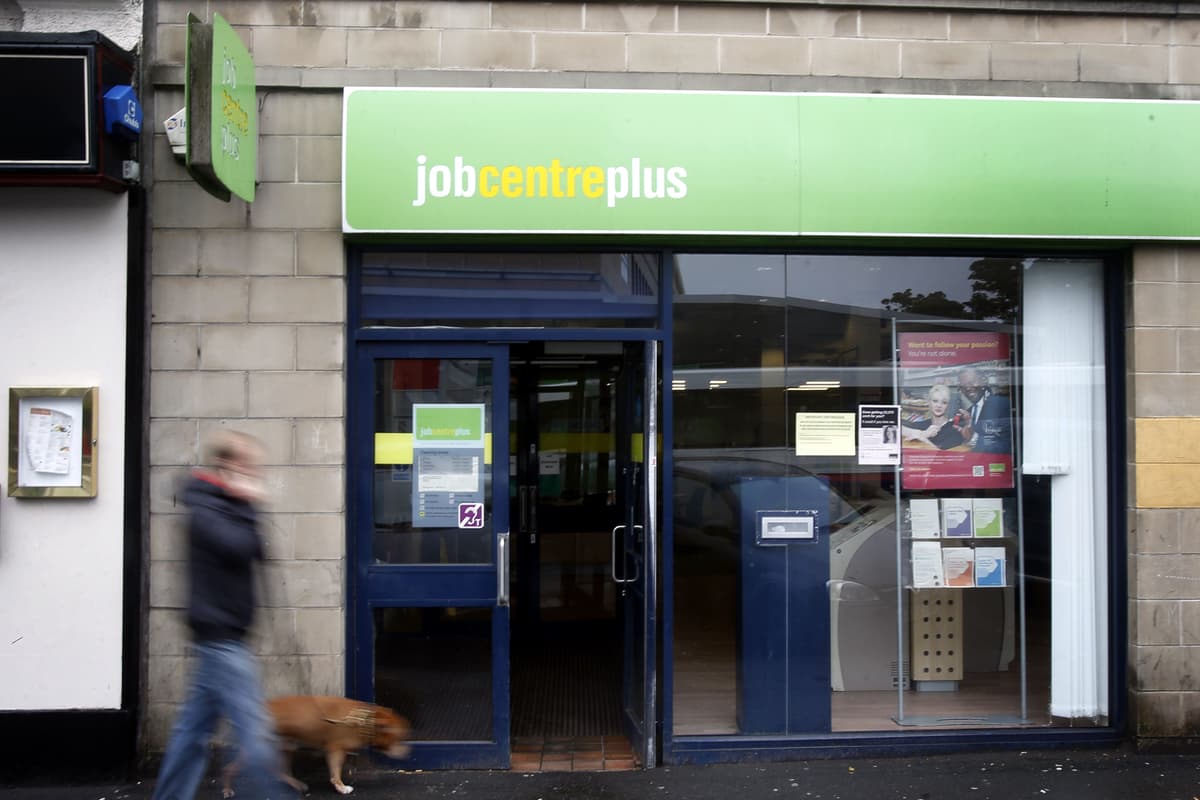
The number of unemployed Londoners has jumped to its highest level in 11 years, as hiring across the capital slumps and employers continue to grapple with rising costs.
It compares with a national rate of 5%.
An interactive map created by The Standard, using data from the Office for National Statistics (ONS), reveals the number of people claiming jobseeker benefits in each London borough.
The figures, known as the “claimant count”, measure the number of people claiming unemployment-related benefits at a local authority level. This differs from the official headline unemployment rate.
The claimant count includes individuals receiving Jobseeker’s Allowance and those on Universal Credit who are actively looking for work.
Based on administrative data from the benefits system, it is widely regarded as a key indicator of labour market conditions across the capital.
A total of 1,691,460 people in the UK claimed jobseeker benefits in October 2025, around 4% of working-age people. In London, 357,300 people claimed benefits, or 5.8% of working-age people.
London’s rate is 1.8 percentage points higher than the UK level— 45% above the national average.
Which London borough has the highest number of working-age people claiming jobseeker benefits?
Newham (21,385 people, 8.2% of adults) had the highest number of jobseeker benefit claimants in October 2025, followed by Brent (18,335 people, 7.7% of adults), Ealing (17,450 people, 6.8% of adults), Croydon (17,365 people, 6.6% of adults) and Tower Hamlets (17,260 people, 6.8% of adults).
The City of London (150 people, 1.3% of adults) had the fewest number of jobseeker benefit claimants in October 2025, followed by Richmond upon Thames (3,250 people, 2.6% of adults) and Kensington and Chelsea (3,695 people, 3.5% of adults).
The Office for National Statistics (ONS) said that, with the skewed levels seen during the Covid-19 years stripped out, this was the highest level of unemployment seen since August 2016.
The ONS said average regular wage growth also pulled back again, to 4.6% in the three months to September, down from 4.7% in the previous three months.
Experts said the weaker-than-expected figures reinforced the case for the Bank of England to cut interest rates next month.
London has been hit particularly hard because of its large numbers of relatively low paid workers in hospitality and retail.
